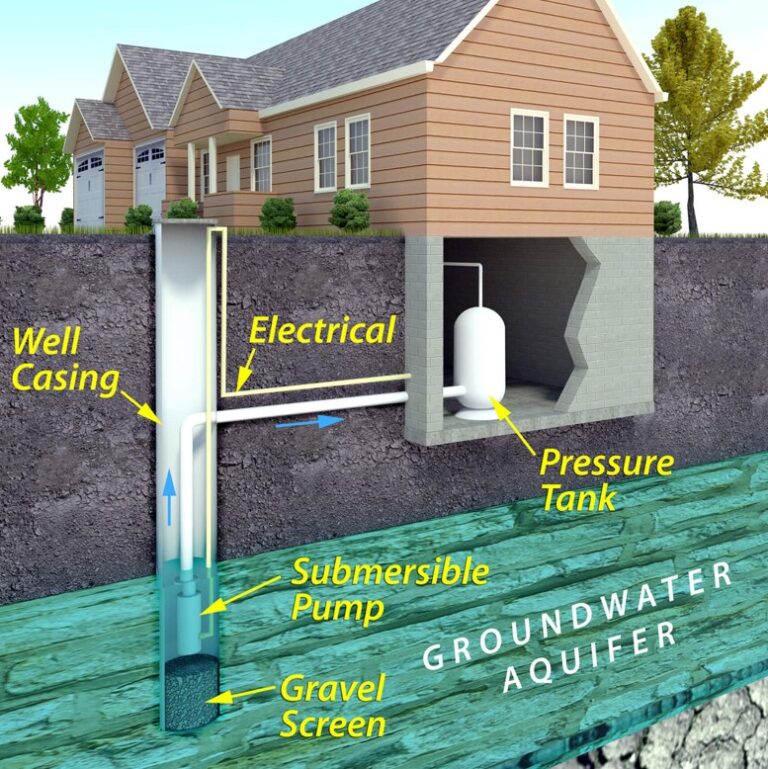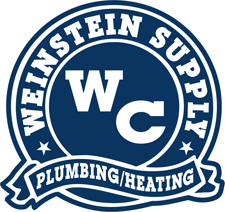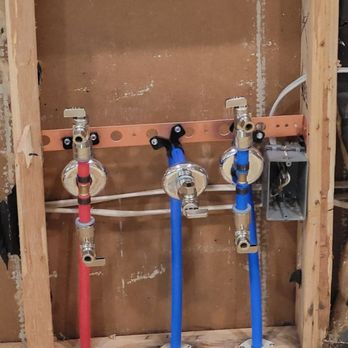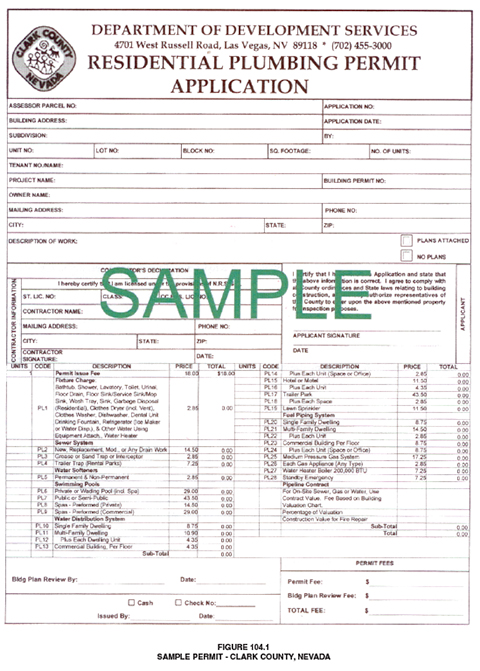Which Type Of Toilet Is Best?
Toilets are an important part of our everyday lives, and it’s important to choose the right one for your home. There are many different types of toilets available, and each has its own advantages and disadvantages. This guide will help you decide which type of toilet is best for your needs. We’ll look at different features of various toilet models, and explain why certain ones may be better suited for your needs. We’ll also discuss installation costs, water usage, and other important factors. With this information, you’ll be able to make an informed decision about the best type of toilet for your home.
Overview of Different Types of Toilets
Toilets come in various shapes, sizes, and functions, and choosing the right type for your bathroom can be a daunting task. It’s essential to consider the space, layout, and plumbing requirements of your bathroom before selecting the perfect toilet.
The two main types of toilets are gravity-fed and pressure-assisted. Gravity-fed toilets use the natural force of gravity to flush water, while pressure-assisted toilets use a pressurized tank to push the water through the pipes.
Wall-mounted toilets are popular due to their sleek design and modern appeal. These toilets are mounted directly onto the wall, which makes them a space-saving option. Tankless toilets are also a great option for those looking to save space and reduce water usage.
Composting toilets are an eco-friendly option for those looking to reduce their water consumption. These toilets use natural processes to break down waste into fertilizer for your garden.
The right toilet for your bathroom is based on a variety of factors, from the space and layout of your bathroom to your own personal preferences and budget. Consider all of your options before making your decision, and be sure to consult with a professional if you have any questions or concerns.

Pros and Cons of Different Types of Toilets
When it comes to choosing the best toilet for your home, there are a few factors to consider, such as water-saving capabilities, design, and cost. But it is important to understand the pros and cons of different types of toilets before making your decision. To help you make an informed choice, here are some of the key advantages and disadvantages of the various types of toilets:
One-piece toilets are designed to have all their components in a single unit, making them easier to install and simpler to clean. However, one-piece toilets tend to be more expensive than two-piece toilets and can be more difficult to repair.
Two-piece toilets are the most common type of toilet and have a separate tank and bowl. They are typically cheaper than one-piece toilets and easier to repair. However, two-piece toilets can be more difficult to clean.
Composting toilets are a great option for those looking to reduce their water usage. They use no water and are relatively easy to install and maintain. However, composting toilets require a separate composting chamber, which can be expensive and require regular emptying.
Wall-mounted toilets have become increasingly popular in recent years due to their sleek and modern design. Wall-mounted toilets can be an excellent choice for small spaces, but they require professional installation and can be more expensive than other types of toilets.
No matter which type of toilet you choose, it is important to consider the pros and cons of each option before making your decision. By understanding the advantages and disadvantages of different types of toilets, you can make an informed choice and find the best toilet for your home.
Factors to Consider When Choosing a Toilet
Choosing a toilet for your bathroom is an important decision. It’s not just about selecting a stylish model to match your style, but also about selecting one that will work efficiently and last for a long time. When selecting a toilet, there are several factors you should consider.
The first factor to consider when selecting a toilet is the type of toilet you need. There are two main types of toilets: one-piece and two-piece. One-piece toilets are more stylish and offer a seamless look, while two-piece toilets are more affordable and easier to install. Additionally, one-piece toilets are easier to clean and provide a more efficient flush.
The second factor to consider is the toilet’s size. Toilets come in a variety of sizes, from compact models perfect for small bathrooms to larger models that provide more room to sit comfortably. Additionally, some toilets are taller than others, offering more legroom.
The third factor to consider is the toilet’s flushing mechanism. Toilets come with a variety of different flushing systems, from gravity-fed models that use a tank-type flush to pressure-assisted models that use a pressurized flush. Additionally, some toilets have a dual-flush system that allows you to choose between a full or partial flush.
Finally, the cost of the toilet should also be taken into account. While one-piece toilets are typically more expensive, they are also more durable and efficient. Additionally, two-piece toilets are generally more affordable, but their installation costs may be higher.
By considering all of these factors, you can find a toilet that is perfect for your needs and budget. With the right selection, you can enjoy a stylish and efficient toilet in your bathroom for years to come.

Cost Comparison of Toilet Types
Toilets come in various styles, shapes, and sizes, and each one comes with its own set of pros and cons. When it comes to choosing the best type of toilet, understanding the cost can be a major factor. To help narrow down the options, let’s take a look at the cost comparison of common toilet types.
Comparing the cost of toilets, the most affordable option is the traditional gravity-flush toilet. These toilets use gravity to flush the waste and typically cost anywhere from $100 to $400. However, since they don’t use much water, they’re not as efficient as other toilet types.
The next most affordable option is the pressure-assisted toilet. These toilets use a small motor to create pressure and flush the waste away. Pressure-assisted toilets typically cost anywhere from $200 to $600, making them an affordable option. The downside is that they can be noisy.
The most expensive option is the dual-flush toilet. These toilets use two different flush options to conserve water. They typically cost between $500 and $900, making them much pricier than the other options. However, they’re the most efficient, using the least amount of water per flush.
When it comes to choosing the best type of toilet, understanding the cost comparison of different toilet types can be a useful tool. Before you make your purchase, be sure to research all the options and determine which one best fits your needs and budget.
Maintenance Considerations for Different Toilet Types
When it comes to selecting the best type of toilet, it is important to consider maintenance considerations as well. The type of toilet you choose will have an impact on how much maintenance it will require, and how often. Different types of toilets are designed differently and will have different levels of maintenance needed. Closet toilets, for example, are made of vitreous china and have a glazed surface, making them easy to clean and maintain. On the other hand, pressure-assisted toilets require more frequent maintenance to ensure they are working properly. Tankless toilets are also becoming increasingly popular and are typically easy to maintain, as they do not require any tank. Additionally, composting toilets require regular maintenance to ensure that the composting process is running effectively. Ultimately, the type of toilet you choose should be based on your individual needs and the maintenance considerations associated with it.
Summary and Recommendations
When it comes to selecting a toilet, there are numerous factors to consider. Toilet type, flushing mechanism, and installation requirements are just a few of the components that should be taken into account. Ultimately, the best type of toilet for an individual depends on their preferences and needs. While some may prefer a traditional gravity-flow toilet, others may opt for a low-flow or dual-flush toilet. Additionally, a wall-mounted toilet or a composting toilet may be ideal for some people. No matter what type of toilet is chosen, it should be of high-quality, properly installed, and regularly maintained. To ensure the best experience, one should do their research before purchasing a toilet, considering their personal needs and preferences. Additionally, professional installation may be recommended.
In summary, selecting the best type of toilet requires careful consideration. Factors such as flushing mechanism, installation requirements, type of toilet, and personal preference should all be taken into account. Ultimately, the best type of toilet is the one that meets the individual’s needs and is of high-quality. With the right research and professional installation, one can be confident that their chosen toilet will provide them with the best possible experience.
FAQs About the Which Type Of Toilet Is Best?
1. What are the advantages of low-flow toilets?
Low-flow toilets use less water per flush, which helps conserve water and reduce water bills. Additionally, they reduce the strain on plumbing systems and septic tanks.
2. What are the benefits of pressure-assisted toilets?
Pressure-assisted toilets use compressed air to force water quickly through the bowl and trapway, meaning fewer clogs and faster flushes.
3. How do I choose the right toilet for my home?
When choosing a toilet, consider factors such as your budget, the size of your bathroom, the type of flush mechanism, and water efficiency. Additionally, consider the installation requirements and the maintenance needs of the toilet.
Conclusion
After considering the different types of toilets available, it is clear that the best type of toilet for a given situation will depend on the individual needs and preferences of the user. There is no one-size-fits-all solution when it comes to toilets. Those looking to maximize water savings should consider a dual-flush toilet, while those looking for maximum comfort should consider a comfort-height toilet. Ultimately, the best type of toilet will depend on the needs and preferences of the user.






